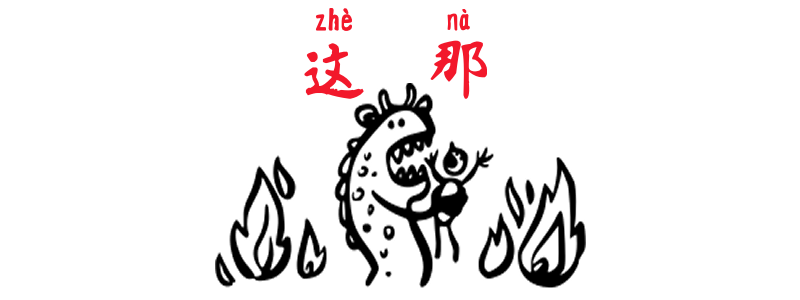Grammar Point:
The terms “here” and “there” in Chinese can be translated as follows:
- Here: 这里 zhèlǐ or 这儿 zhèr
- There: 那里 nàlǐ or 那儿 nàr
Structure
These words indicate location and can be used to specify a place or refer to a position relative to the speaker. 这儿 zhèr and 那儿 nàr are more colloquial and informal versions. In Taiwan, the 儿 er is usually dropped.
這裡有一隻可愛的小狗这里有一只可爱的小狗
Here is a cute little dog.
那裡是國家公園那里是国家公园
There is a national park.
我在這兒!我在这儿!
I am here!
廁所在那兒厕所在那儿
The restroom is over there.
這裡有太多人了这里有太多人了
There are too many people here.
那裡的飯很好吃那里的饭很好吃
The food there is delicious.
Special usage
When we use a pronoun followed by 那 nà or 这 zhè, it implies being “with” that person. So, 在我这 zài wǒ zhè means “with me” or “at my place.”
你的東西在我這裡你的东西在我这里
Your belongings are with me.
我的手機在你那兒嗎?我的手机在你那儿吗?
Is my phone with you?
Common Mistakes
Two character 那 nà and 哪 nǎ are indeed similar, but they have different meanings. 那 nà is used to indicate “there” and 哪 nǎ is “where” in English.
哪裡有很多人嗎?哪里有很多人吗? ❌
Are there many people there?
那裡有很多人嗎?那里有很多人吗? ✅
Are there many people there?
哪裡有很多人?哪里有很多人? ✅
Where are there many people?


